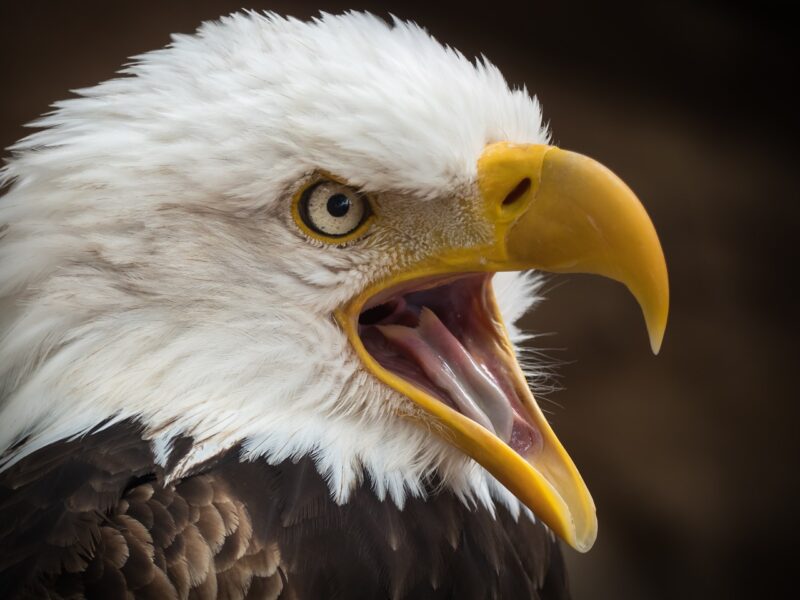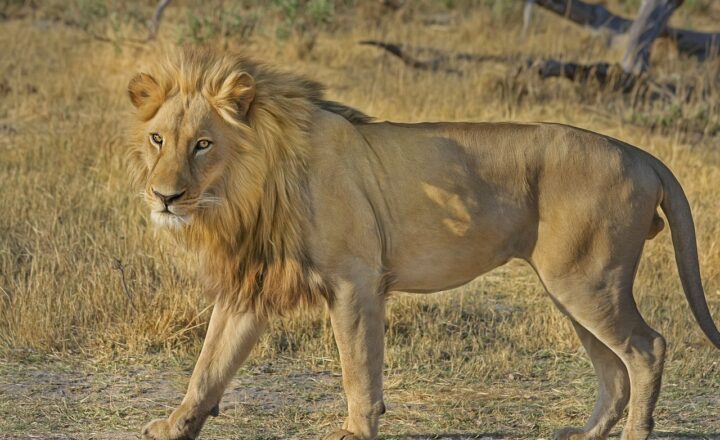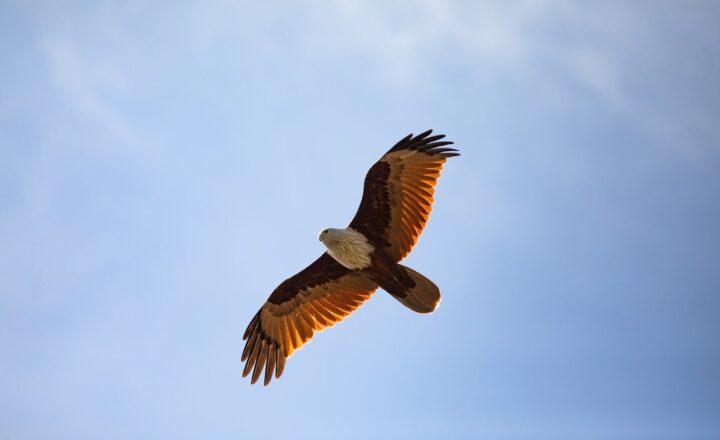The Symbolism of Eagles in Different Cultures: From Strength to Freedom
November 13, 2024

Eagles, with their majestic flight and powerful presence, have captivated human imagination throughout history. Considered symbols of power, freedom, and nobility, these birds feature prominently in mythology, folklore, and cultural symbolism across the globe. In this article, we will explore the various meanings and representations of eagles in different cultures, showcasing how these magnificent creatures embody the ideals of strength, freedom, and connection to the divine.
1. The Eagle as a Symbol of Power and Strength
In many cultures, eagles have been revered as symbols of strength and power. Their ability to soar high in the skies and capture prey with incredible precision has led societies to associate them with dominance and courage.
– Native American Cultures: Among various Native American tribes, such as the Lakota and the Navajo, the eagle is often regarded as a messenger between humans and the divine. The Golden Eagle is especially significant, as it represents spiritual strength and courage. Eagles are frequently depicted in Indigenous art, feathered headdresses, and rituals as symbols of bravery and connection to the Creator.
– Ancient Rome: The eagle was sacred to Jupiter, the king of the Roman gods. It adorned the standard of the Roman legions and served as a powerful emblem of Roman strength and military might. The eagle represented the authority of the Emperor and the expansive power of the Roman Empire, often seen perched triumphantly on a globe.
– Ancient Egypt: In Egyptian mythology, the eagle was associated with the goddess Ma’at, the personification of truth and justice. The eagle’s ability to survey the land from great heights symbolized its role as a protector of the pharaohs and the divine order. Additionally, the Griffon Vulture, closely associated with the eagle, was seen as a symbol of motherhood and protection.
2. The Eagle as a Symbol of Freedom
Eagles are often portrayed as symbols of freedom, soaring high in the sky with grace and dignity. Their ability to fly represents liberation and the human desire to transcend earthly limitations.
– The United States: The bald eagle has become an enduring symbol of freedom and independence for Americans. Designated as the national bird in 1782, the bald eagle exemplifies the ideals of strength, vision, and freedom. Its presence on the Great Seal serves as a testament to the nation’s values of liberty and justice.
– Celtic Culture: In Celtic mythology, the eagle is associated with the element of air and symbolizes the soul’s connection to the spiritual world. The Celts believed that seeing an eagle was an omen of liberation, often heralding significant changes and transitions in one’s life. The eagle’s flight was seen as a bridge between the mundane and the mystical.
– Indigenous Australian Cultures: In some Indigenous Australian cultures, the eagle represents freedom and creativity. It is believed that the eagle carries the spirits of the ancestors, guiding individuals on their life paths. The eagle’s soaring nature is seen as a reflection of the possibilities that life offers when one embraces freedom and follows their true calling.
3. The Eagle in Mythology and Folklore
Eagles frequently appear in myths and legends around the world, further emphasizing their significance as symbols of power and freedom.
– Greek Mythology: In Greek mythology, Zeus, the king of the gods, is often depicted with an eagle by his side. The eagle serves as a symbol of divine authority and protection, often carrying Zeus’s thunderbolts to unleash upon his enemies. The mythological significance of the eagle highlights its role as a link between the heavens and the earthly realm.
– Hinduism: In Hindu mythology, the eagle is often associated with the deity Garuda, a half-human, half-eagle creature who serves as the mount of Lord Vishnu. Garuda embodies speed, strength, and protection, becoming a symbol of the eternal struggle between good and evil.
– Slavic Folklore: In Slavic fairy tales, the eagle frequently symbolizes royalty and divine power. For instance, in some stories, eagles are depicted as protectors of wise kings, representing courage, and wisdom while battling dark forces threatening the land.
4. Eagles in Art and Literature
Eagles also find their place in art and literature, further enriching their symbolism across cultures.
– Visual Arts: Artists from ancient civilizations to contemporary creators have drawn inspiration from eagles, representing them in various forms and mediums. From sculptures adorning temples in ancient Greece to modern paintings, eagles are often portrayed soaring majestically, reinforcing their associations with power and freedom.
– Literature: In literature, eagles often serve as powerful metaphors. For instance, in J.R.R. Tolkien’s “The Lord of the Rings,” the Great Eagles play crucial roles in guiding and rescuing characters, symbolizing hope and liberation during times of great peril. The eagle’s portrayal as a wise and noble creature resonates across different cultures and literary genres.
5. The Contemporary Symbolism of Eagles
Today, the symbolism of eagles continues to thrive in various contexts:
– National Emblems: Numerous countries utilize eagles as national symbols, showcasing their strength, freedom, and pride. Countries like Germany and Mexico feature eagles prominently in their coats of arms, signifying resilience and unity among their citizens.
– Corporate Logos: The eagle’s image has been adopted by many corporations, representing strength, authority, and excellence. Its powerful depiction evokes feelings of confidence and reliability in consumers.
– Conservation Efforts: As a symbol of environmental awareness, eagles promote conservation initiatives aimed at protecting their habitats and preserving biodiversity. Organizations may use the eagle’s image to advocate for ecological preservation, encouraging people to value the natural world and its wildlife.
Conclusion
Eagles hold significant cultural and symbolic meaning in societies around the world. Their representation as symbols of strength, power, and freedom underscores humanity’s connection to nature and the ideals we aspire to achieve in our lives. By examining various cultures’ interpretations of eagles, we gain a deeper understanding of how these majestic birds reflect our aspirations and values. As we continue to celebrate eagles in art, literature, and symbolic gestures, their legacy as potent symbols of strength and freedom will undoubtedly endure for generations to come.
Whether soaring majestically across the skies or depicted in vibrant artwork, eagles remind us of the strength we possess to rise above challenges and embrace the freedom to pursue our dreams.







